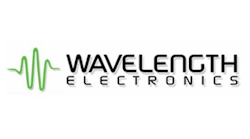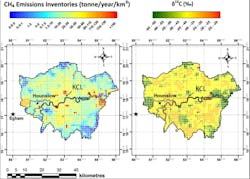Methane Isotopologues Spectroscopy Analysis
As one of the most important human emitted greenhouse gases, methane (CH4) must be carefully monitored in the atmosphere from multiple sources due to the high heat absorption properties. Careful considerations need to be made to limit the amount of methane released into the air from human activities. To increase accountability for companies producing methane emissions, various sources of methane emissions could be identified from ambient air analysis.
Researchers from Switzerland, the Netherlands, Germany, and the UK have developed a quantum cascade laser absorption spectrometer (QCLAS) coupled with a trace gas extractor (TREX) for high precision measurements of methane isotopologues in ambient air. With a compact and field-deployable instrument, real-time analysis of the three main and most abundant methane isotopologues can be performed simultaneously. The TREX-QCLAS achieves analytical precision on preconcentrated methane of 0.1 and 0.5‰ for δ13C- and δD‑CH4, respectively, and has the repeatability of 0.19 and 1.9‰ for δ13C and δD‑CH4, respectively. When compared to popular techniques of isotope mass-ratio spectrometry and other laser spectroscopy, the TREX-QCLAS has similar results with less labor-intensive features and automated real-time analysis for in situ measurements to better identify different emission sources.
This design can better enable regulation of methane emissions with identification of the source using ambient air measurements. There can be more accountability for pollution in the world with high-precision gas analysis.


